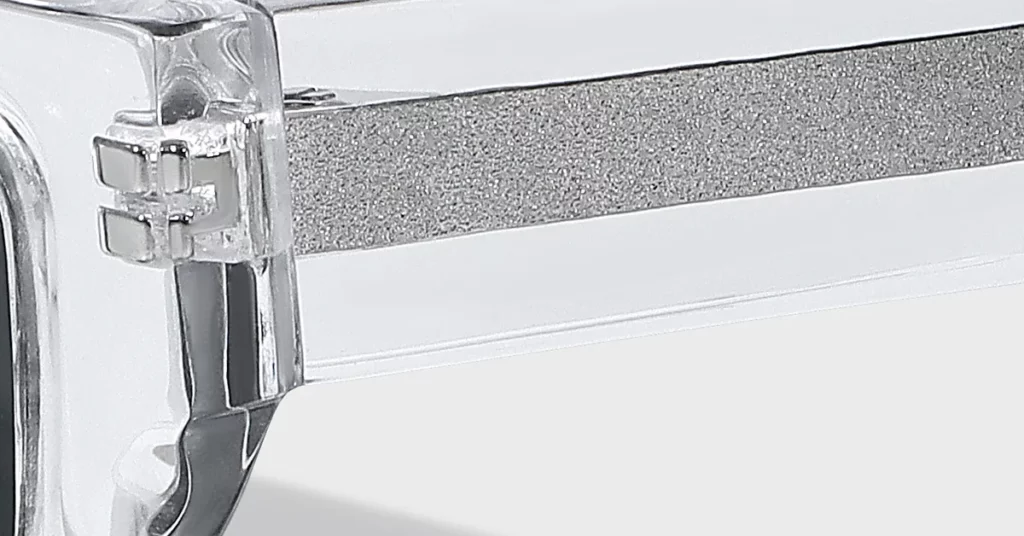Polarized lenses are your best choice for eliminating intense, blinding glare from surfaces like wet roads or water, making them superior for driving and fishing. Photochromic lenses, which automatically darken in sunlight and become clear indoors, offer unmatched convenience if you frequently move between different lighting and want one pair of glasses for everything.
What’s Your Main Goal for New Lenses?
Before you get into the technology, you need to identify your main priority. Are you constantly fighting blinding glare during your commute, or are you tired of switching between regular glasses and sunglasses? Your answer points directly to the right lens for you.
Fighting Blinding Glare and Eye Strain?
If squinting and eye fatigue are your primary complaints outdoors, then glare is your main problem. This intense, reflected light isn’t just uncomfortable; it’s a safety hazard that can interfere with driving or sports.
What it Means: Glare is created when sunlight reflects off flat surfaces like water, snow, or pavement. This light becomes horizontally polarized, creating a focused, blinding beam that overwhelms your eyes. Polarized lenses are specifically designed to block this exact type of light.
Seeking All-in-One Convenience?
If you’re tired of switching between clear glasses and sunglasses, convenience is your top priority. This is especially true if you wear prescription glasses and have to juggle multiple pairs or deal with clumsy clip-ons.
What it Means: Modern life involves moving between different light conditions all day long. Photochromic lenses solve this by automatically adapting their tint to the amount of UV light present, giving you one pair of glasses that works seamlessly indoors and out.
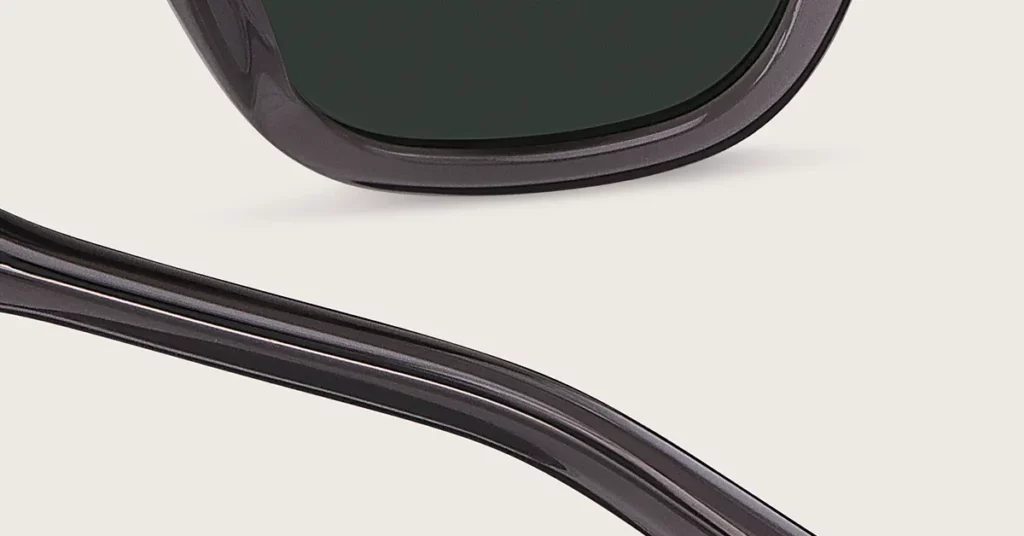
The Two Core Technologies
Both lens types offer full UV protection, but they solve different problems in entirely different ways. Understanding how they work is key to choosing the right one for your daily needs.
| Feature | Polarized Lenses | Photochromic Lenses |
| Primary Goal | Glare Elimination | Automatic Light Adaptation |
| Mechanism | A chemical filter blocks horizontal light waves. | Microscopic molecules react to UV light. |
| Best For | Driving, fishing, boating, and snow sports. | Moving between indoor and outdoor settings. |
| Key Weakness | Can distort or black out LCD screens. | Standard versions do not work inside a car. |
Helpful Tip: Think of it this way: Choose polarized lenses for specific high-glare activities. Choose photochromic lenses for general-purpose, everyday convenience.
Matching Lenses to Your Lifestyle
Your daily routine is the ultimate test. The right lenses should enhance your most common activities, whether that’s driving, hiking, or just running errands.
For Your Daily Drive
Safety First: For driving, controlling glare is not just about comfort; it’s about reaction time and safety.
Polarized lenses are the clear winner for driving. They cut through dangerous glare from wet pavement, car hoods, and windshields, helping you see lane markings and potential hazards more clearly. They are especially effective at reducing eye strain during sunrise or sunset commutes when the sun is low.
Important Note: Most photochromic lenses do not darken inside a car. This is because your car’s windshield blocks the UV rays that trigger the tinting process. This leaves your eyes unprotected from bright sun and glare while driving, making standard photochromic lenses a poor choice for your primary driving eyewear.
The Bottom Line: If you’re buying glasses primarily for driving, choose polarized lenses. Specialized photochromic lenses that work in the car, like Transitions XTRActive, are available but cost more and may not get as dark as true sunglasses.
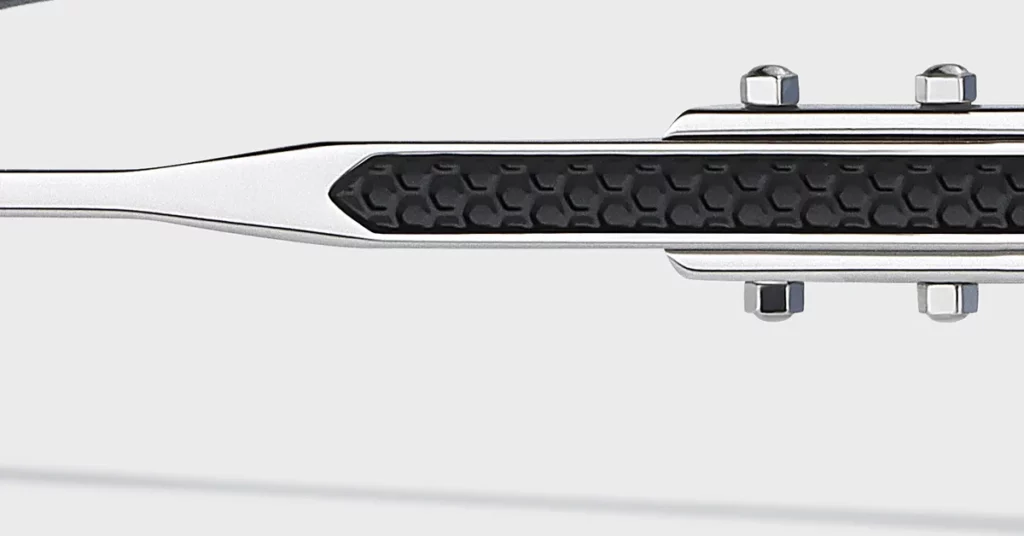
For Outdoor Sports & Fitness
Your sport and environment dictate the best choice.
- Photochromic for Changing Light: Look for photochromic lenses if you run or bike on trails that move in and out of shady tree cover. They adapt automatically, so you don’t have to take your glasses off.
- Polarized for Open Environments: Choose polarized lenses for activities in consistent, bright sun like road cycling, beach running, or desert hiking. They reduce eye fatigue and enhance contrast on open surfaces.
- The Cyclist’s Dilemma: Road cyclists often prefer polarized lenses to spot hazards on pavement. Mountain bikers usually prefer photochromic lenses to adapt to changing forest light.
For Water and Snow Activities
Safety First: Water and snow create the most intense glare conditions possible. Unprotected eyes can suffer from “snow blindness,” a painful sunburn of the cornea.
For fishing and boating, polarized lenses are an essential tool. They cut through surface glare, allowing you to see rocks, structures, and even fish beneath the water. This dramatically improves both enjoyment and safety. For skiing, polarized lenses reduce intense glare and help you see terrain changes, but they can sometimes make it harder to spot patches of ice.
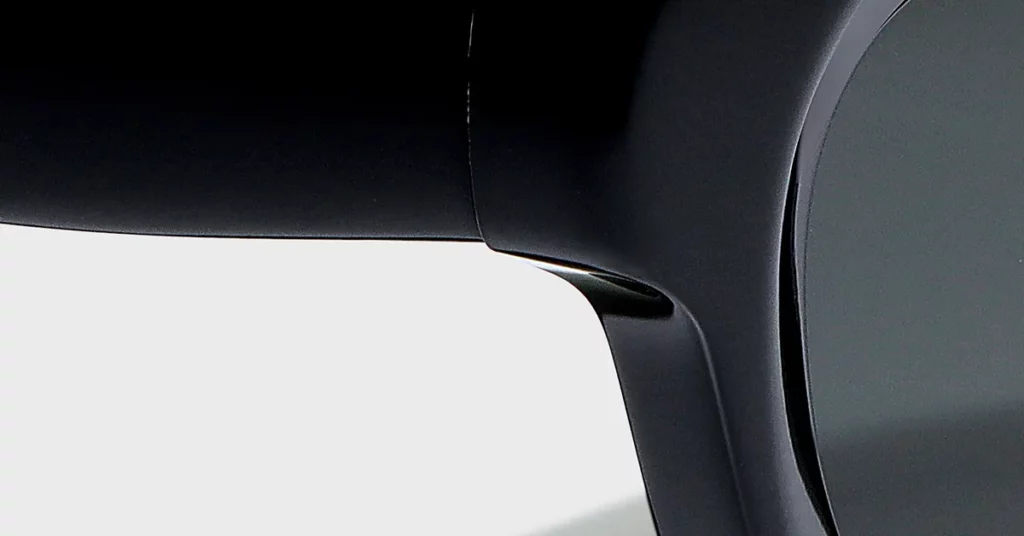
Your Pre-Purchase Checklist
Before you buy, make sure you are getting the features that provide real protection and value.
Foundational Safety: 100% UV400 Protection
This is non-negotiable. Any lens you buy, whether polarized, photochromic, or plain, must offer 100% UV400 protection. This blocks all harmful UVA and UVB rays and is the most important safety feature for preventing long-term eye damage like cataracts.
Lens Material Matters
The material of your lenses impacts their safety, clarity, and weight.
| Material | Impact Resistance | Optical Clarity | Weight | Scratch Resistance | Best For |
| Polycarbonate | Excellent | Good | Lightweight | Fair | Sports, safety, and kids’ eyewear. |
| Trivex | Excellent | Excellent | Very Lightweight | Good | Premium comfort and prescription wear. |
| Glass | Poor | Excellent | Heavy | Excellent | Unmatched optical clarity (not for sports). |
| CR-39 Plastic | Fair | Good | Moderate | Fair | Standard budget prescription lenses. |
Pro Tip: For active lifestyles, I always recommend polycarbonate lenses or Trivex. Their superior impact resistance provides a critical layer of safety for your eyes.
How to Spot Quality & Avoid Pitfalls
- Pitfall #1: Forgetting to Test on Screens. Always test polarized lenses with your own smartphone and car dashboard screen before buying. The screen may appear dark or black at certain angles.
- Pitfall #2: Assuming Photochromics Work in the Car. Remember, most photochromic lenses don’t work behind a windshield. Ask your optician about specific automotive versions if driving is a priority for you.
- Pitfall #3: Overlooking Photochromic Lifespan. Photochromic technology wears out over time, typically lasting about two years before the transition effect weakens. Factor this into your long-term cost.
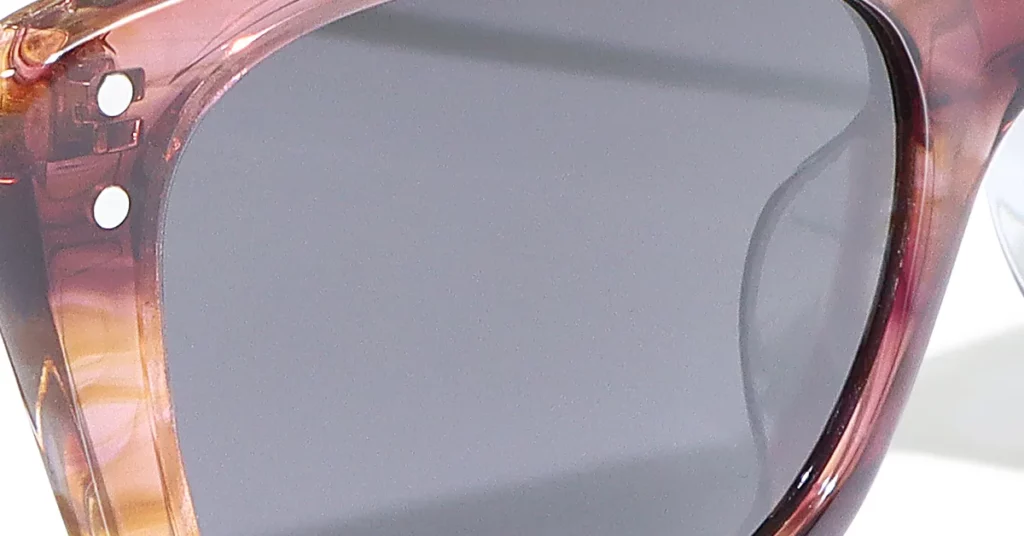
Conclusion
The right choice comes down to your primary need. Choose polarized lenses if your main goal is to defeat dangerous glare for activities like driving or fishing. Choose photochromic lenses if your top priority is the set-it-and-forget-it convenience of a single pair of glasses for both indoor and outdoor life. By matching the technology to your daily routine, you can ensure your new eyewear genuinely improves your comfort and vision.
Frequently Asked Questions
1. Will my photochromic lenses get dark inside my car?
No, most standard photochromic lenses will not darken in a car because the windshield blocks the UV rays needed for the tint to activate. You would need to look for special automotive lenses like Transitions XTRActive.
2. Is it a big problem if I can’t see my phone with polarized lenses?
This depends on your personal tolerance. You can usually see the screen by tilting your phone or your head. If you use your phone constantly outdoors, however, you may find this limitation frustrating.
3. Can one pair of sunglasses work for fishing and trail biking?
This is difficult, as each activity benefits from a different technology. Fishing demands polarized lenses, while trail biking is better with photochromic. A hybrid lens is an option, but many find that having two separate, specialized pairs provides the best performance.
4. Do photochromic lenses protect from UV when they are clear?
Yes. All quality photochromic lenses provide 100% UV protection at all times, whether they are clear indoors or dark outdoors. The UV-blocking feature is separate from the tint-changing technology.

